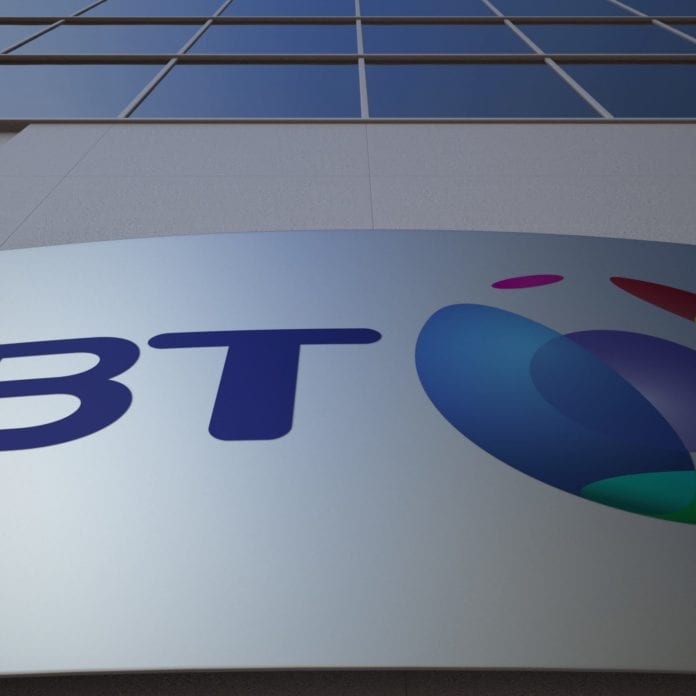BT highlighted that this new type of receiver may reduce mobile network energy consumption
U.K. carrier BT announced a trial of a new hyper-sensitive quantum antenna technology using “excited atomic states”, which could boost the capability of next-generation 5G and IoT networks.
The operator noted that the Atomic Radio Frequency (RF) receiver technology represents a new way of detecting radio waves that could find much weaker signals than conventional receivers. The receiver works by using a quantum effect called “electromagnetically induced transparency” to form a highly sensitive electric field detector.
BT also said that the trial represents the first time a digitally-encoded message has been received on a 3.6GHz (5G) carrier frequency. Previously, simple audio has been received using much higher frequencies, but this trial is the first industrial demonstration using digital modulation within one of EE’s main commercial 5G frequency ranges, BT explained.
The U.K. telco also highlighted that this new type of receiver may reduce mobile network energy consumption, enable Internet of Things (IoT) devices to become more cost efficient and longer lasting and support lower-cost smart cities and smart agriculture.
While the technology is still in the very early stages, it has the potential to provide greater sensitivity than conventional radio antennas, tuneable operation from very low frequencies, detection of analogue and digital modulation, and low energy consumption through reduced need for electronics, according to BT.
Researchers at BT Labs in Martlesham are now working to miniaturize the equipment and find the optimum RF modulation and signal processing for potential use in future generations of radio networks.
Howard Watson, CTO of BT said: “BT’s investment in cutting edge R&D plays a central role in ensuring the UK remains a network technology leader. Our program has huge potential to boost the performance of our next generation EE network and deliver an even better service to our customers. Although it’s early days for the technology, we’re proud to be playing an instrumental role in developing cutting edge science”.
BT has also secured a number of patents related to the implementation of the atomic RF receiver and claims to be the first company to make use of the technology to send a message at 3.6GHz.
U.K. mobile operator EE, part of the BT Group, recently announced its 5G network has already passed 50% population coverage in the country.
EE, which had launched its 5G network in May 2019, claimed to be the only mobile operator to pass this milestone in the U.K.
Last month, EE claimed to be the first European network to successfully aggregate a 5G signal using seven different spectrum carriers.
The experiment was performed in collaboration with Qualcomm Technologies at BT’s Borehamwood lab, and used five 4G spectrum bands and two 5G. The latter included the 3.6 GHz frequencies acquired in U.K.’s latest auction in 2021.

